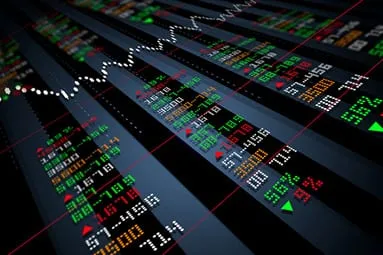As one trader explains, the McClellan Oscillator is a preferred method for identifying market extremes, alerting traders to adjust their strategy in order to stay safe and trading with the trend.
As many MoneyShow.com readers may know from previous articles, I pay close attention to the McClellan Oscillator as a benchmark for when the market is becoming overbought or oversold.
While there are varying degrees of being overbought and oversold at varying time frames, the McClellan Oscillator is a great way for me to watch for short-term fluctuations in the markets. Other indicators like the put/call ratios, investor sentiment surveys, and stocks trading above their 40- or 50-day moving average indicators are also invaluable to my tool box, but are definitely used differently.
While I will even abstain from trading during certain extremes in these other indicators, I use the McClellan more as a warning that balance in the markets is starting to swing too far in a particular direction.
Because it's more of short-term indicator, there will often be times when the markets will ignore the indicator (like any indicator, really), but the risk for taking a trade definitely increase as it swings to an extreme. Below is a current chart of the indicator:
Notice the indicator spends most of its time between +150 and -150. Any time it gets above or below these levels, I will start to either get more defensive or more aggressive.
I typically won't stop taking trades unless multiple indicators are aligned in one direction. What I will do, though, is reduce my risk by adjusting my position sizing or shortening my time frames. I will also adjust where I place my stops or even which types of trades I will take as I recognize the type of risk that is present. A good example would be how I am treating this environment.
The easy money has been made when you think of the past two weeks. With the McClellan above +150 and Spyder Trust (SPY) up basically seven days in a row, I am getting much more aggressive in taking profits on any position that moves in my favor. There are still plenty of good looking set-ups, but rather than skipping them, I have been taking smaller positions.
I am also paying close attention to any correlations to other markets (or earnings momentum) that may shelter them from a typical move.
The markets can easily continue to push higher-as they did from December through March-but managing risk is my number-one priority, and I can get more aggressive after a couple of weak days within the larger uptrend.
The important thing is to never put yourself in a position of weakness by not realizing the risk.
By Joey Fundora, trader and blogger, DowntownTrader.com















